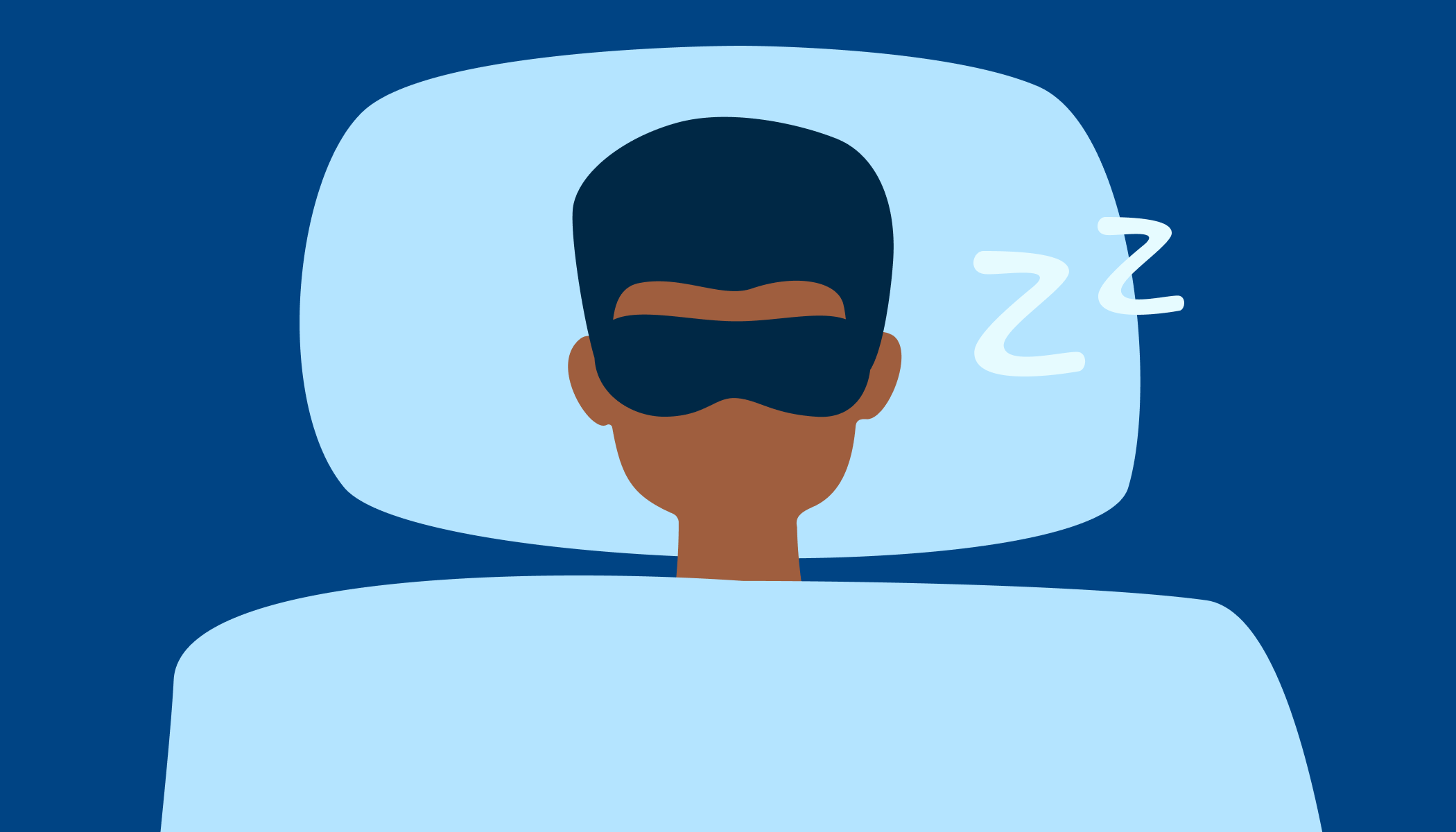Unraveling the Mystery of Teen Sleep: Navigating Challenges and Fostering Healthy Habits

Teen Sleep: The teenage years are a period of profound transformation, marked by physical, emotional, and social changes. Amidst this whirlwind of development, sleep often takes center stage as both a crucial need and a common challenge for teenagers. In this article, we embark on a journey to unravel the mysteries of teen sleep, exploring the unique challenges they face, sleep coach certification and offering guidance for parents in fostering healthy sleep habits during this critical stage of adolescence.
The Teenage Sleep Conundrum: Understanding the Challenges
Shifting Circadian Rhythms: The Biological Puzzle
One of the primary challenges teenagers face is the natural shift in their circadian rhythms. During puberty, the body’s internal clock, which regulates sleep-wake cycles, tends to shift, making it biologically challenging for teenagers to fall asleep early and wake up early. This shift often leads to a preference for later bedtimes and, consequently, later wake-up times.
The Melatonin Mystery: Hormones and Sleep
Melatonin, the hormone responsible for regulating sleep, experiences a delay in its release during puberty. This delay contributes to the shift in circadian rhythms, making it difficult for teenagers to feel sleepy earlier in the evening. Understanding the role of melatonin in the sleep-wake cycle is crucial for addressing teen sleep challenges.
Sleep Debt Dilemma: Balancing Biological Needs
The combination of late bedtimes and early school start times often results in sleep deprivation for teenagers. The accumulating sleep debt can have wide-ranging effects on physical health, emotional well-being, and academic performance. Recognizing the importance of addressing sleep debt is the first step in fostering healthy sleep habits.
Academic Demands: Juggling Homework and Rest
As teenagers advance in their academic journeys, the demands on their time and energy increase. Homework, extracurricular activities, and social engagements can create a challenging balancing act, often leading to sleep being sacrificed in the process.
Late-Night Study Sessions: A Common Pitfall
The pressure to excel academically can lead teenagers to engage in late-night study sessions. While the intention is to enhance academic performance, the trade-off often involves sacrificing much-needed sleep. Finding a balance between academic commitments and prioritizing sleep is essential for long-term success.
Exam Stress and Sleep: Breaking the Cycle
Exam periods can be particularly stressful for teenagers, and stress can have a significant impact on sleep. Breaking the cycle of exam stress and sleep difficulties involves implementing effective stress management strategies, creating realistic study schedules, and emphasizing the importance of rest during exam preparation.
Digital Distractions: Navigating the Screenscape
In the digital age, teenagers are often immersed in a world of screens, from smartphones to laptops. The pervasive use of screens, especially close to bedtime, can disrupt sleep patterns and contribute to sleep difficulties.
Blue Light Blues: The Impact on Sleep Quality
The blue light emitted by screens suppresses the production of melatonin, making it harder for teenagers to fall asleep. Establishing screen time guidelines, such as a digital curfew before bedtime, helps mitigate the impact of blue light on sleep quality.
Social Media and Sleep: Setting Boundaries
Social media engagement can be a significant contributor to disrupted sleep. The constant connectivity and the potential for late-night scrolling can interfere with both the quantity and quality of sleep. Setting boundaries around social media use, especially in the hours leading up to bedtime, supports healthy sleep habits.
Fostering Healthy Sleep Habits: A Parent’s Guide
Open Communication: Bridging the Generation Gap
Navigating the challenges of teen sleep begins with open and empathetic communication. Creating a safe space for teenagers to express their concerns, share their experiences, and discuss their sleep needs fosters a sense of understanding and collaboration.
Active Listening: Valuing Teen Perspectives
Active listening is a powerful tool in bridging the generation gap. Taking the time to listen to teenagers’ perspectives on their sleep challenges, academic pressures, and social dynamics fosters a sense of validation and empowers them to be active participants in finding solutions.
Family Meetings: Collaborative Problem-Solving
Family meetings provide a platform for collaborative problem-solving. Including teenagers in discussions about sleep routines, screen time limits, and stress management strategies encourages a sense of ownership and accountability for their sleep habits.
Educating Teens: Empowering Through Knowledge
Empowering teenagers with knowledge about the importance of sleep and the impact of various lifestyle factors is crucial. Educating them about the role of circadian rhythms, the effects of screen time on sleep, and the connection between sleep and overall well-being empowers them to make informed choices.
Sleep Hygiene Workshops: A Family Affair
Organizing sleep hygiene workshops as a family can be an engaging and educational activity. Exploring topics such as the importance of a consistent sleep schedule, creating a sleep-conducive environment, and managing stress collaboratively reinforces the value of healthy sleep habits.
Sleep Journaling: Tracking Patterns and Progress
Encouraging teenagers to keep a sleep journal can be a valuable tool for self-reflection. Tracking sleep patterns, daily activities, and mood can help identify trends and patterns, allowing teenagers to make connections between their lifestyle choices and sleep quality.
Establishing Consistent Routines: A Pillar of Stability
Consistent routines provide a sense of stability for teenagers amid the fluctuations of adolescence. Establishing regular sleep and wake times, as well as consistent bedtime routines, supports the body’s natural circadian rhythms and contributes to better sleep quality.
Wind-Down Rituals: Creating Tranquil Transitions
Incorporating wind-down rituals into the evening routine signals to the body that it’s time to transition from wakefulness to sleep. Activities such as reading a book, practicing relaxation techniques, or listening to calming music create tranquil transitions that promote relaxation.
Weekend Adjustments: Finding Balance
While consistency is key, allowing for some flexibility, especially on weekends, is important. Allowing teenagers to adjust their sleep schedule slightly on weekends to accommodate social activities helps strike a balance between routine and social engagement.
Encouraging Physical Activity: The Sleep-Exercise Connection
Regular physical activity has been linked to improved sleep quality. Encouraging teenagers to engage in regular exercise, whether through sports, recreational activities, or fitness routines, contributes to better overall well-being and supports healthy sleep habits.
Outdoor Activities: Sunlight and Sleep
Outdoor activities expose teenagers to natural sunlight, which plays a crucial role in regulating circadian rhythms. Encouraging outdoor activities during the day, especially in the morning, helps align the body’s internal clock with natural light-dark cycles.
Age-Appropriate Exercise: Balancing Energy Expenditure
Tailoring exercise routines to match the age and developmental stage of teenagers is essential. Age-appropriate activities that balance energy expenditure and promote physical well-being contribute to a healthier sleep-wake cycle.
Creating a Sleep-Conducive Environment: From Bedding to Tech-Free Zones
The sleep environment plays a significant role in supporting healthy sleep habits. Creating a sleep-conducive space involves optimizing various elements, from the choice of bedding to minimizing distractions in the bedroom.
Comfortable Bedding: Prioritizing Sleep Comfort
The choice of bedding can impact sleep comfort. Encouraging teenagers to choose comfortable pillows, blankets, and sleepwear contributes to creating a cozy sleep environment.
Minimal Distractions: Tech-Free Zones for Quality Sleep
Designating tech-free zones in the bedroom minimizes distractions and supports better sleep quality. Removing electronic devices, such as smartphones and laptops, from the bedroom at least an hour before bedtime helps create a serene sleep environment.
Stress Management Strategies: Building Resilience
Teenagers often face stressors related to academics, social dynamics, and personal development. Equipping them with effective stress management strategies builds resilience and positively influences sleep quality.
Mindfulness and Relaxation Techniques: Calming the Mind
Introducing mindfulness and relaxation techniques, such as deep breathing exercises or guided meditation, provides teenagers with tools to calm the mind. These practices can be particularly beneficial in the evening as part of the wind-down routine.
Time Management Skills: Balancing Priorities
Teaching teenagers effective time management skills helps them balance academic commitments, extracurricular activities, and downtime. Learning to prioritize tasks and manage deadlines contributes to a more structured and less stressful daily routine.
Recognizing When to Seek Professional Support
Signs of Sleep Disorders: Red Flags for Parents
While many sleep challenges can be addressed through lifestyle changes and healthy sleep habits, there are instances where professional support becomes necessary. Parents should be vigilant in recognizing signs of potential sleep disorders.
Persistent Insomnia: Difficulty Falling or Staying Asleep
Persistent insomnia, characterized by difficulty falling asleep or staying asleep, may indicate an underlying sleep disorder. If a teenager consistently struggles with insomnia despite implementing healthy sleep habits, seeking professional evaluation is advisable.
Excessive Daytime Sleepiness: Beyond Normal Fatigue
While teenagers may experience fatigue due to busy schedules, excessive daytime sleepiness that interferes with daily functioning may signal a deeper issue. Consulting with a healthcare professional can help determine the cause.
Sleep-Related Breathing Disorders: Snoring and Apnea
Loud and persistent snoring, as well as episodes of interrupted breathing during sleep, may indicate sleep-related breathing disorders, such as sleep apnea. These conditions require prompt attention and evaluation by a sleep specialist.
Emotional Well-Being: The Intersection of Sleep and Mental Health
The relationship between sleep and mental health is profound, and changes in sleep patterns can be indicative of emotional well-being. Parents should be attuned to signs of emotional distress that may manifest in sleep disturbances.
Changes in Mood and Behavior: Indicators of Stress
Significant changes in mood, behavior, or emotional well-being may be indicators of stress or mental health concerns. Paying attention to these changes and seeking professional support when needed contributes to overall well-being.
Persistent Fatigue: Beyond Physical Tiredness
While fatigue is a common experience for teenagers, persistent and unexplained fatigue that interferes with daily activities may warrant further investigation. Understanding the distinction between normal fatigue and signs of an underlying issue is crucial.
Conclusion: Nurturing Healthy Sleep for a Thriving Teen
Navigating the intricacies of teen sleep requires a holistic approach that considers biological changes, lifestyle factors, and the unique needs of each teenager. As parents, fostering open communication, educating teenagers about sleep, and creating a supportive sleep environment contribute to the foundation of healthy sleep habits.
Recognizing the challenges teenagers face in balancing academics, social lives, and personal development underscores the importance of empathy and collaboration. By working together to establish consistent routines, manage stress, and prioritize sleep, parents and teenagers can navigate the teenage sleep conundrum and foster a lifelong commitment to healthy sleep habits.
In the tapestry of adolescence, where growth and self-discovery abound, healthy sleep becomes a vital thread, weaving through the fabric of physical well-being, emotional resilience, and academic success. Through understanding, communication, and a shared commitment to sleep health, parents and teenagers embark on a journey of nurturing healthy sleep habits for a thriving and resilient future.








